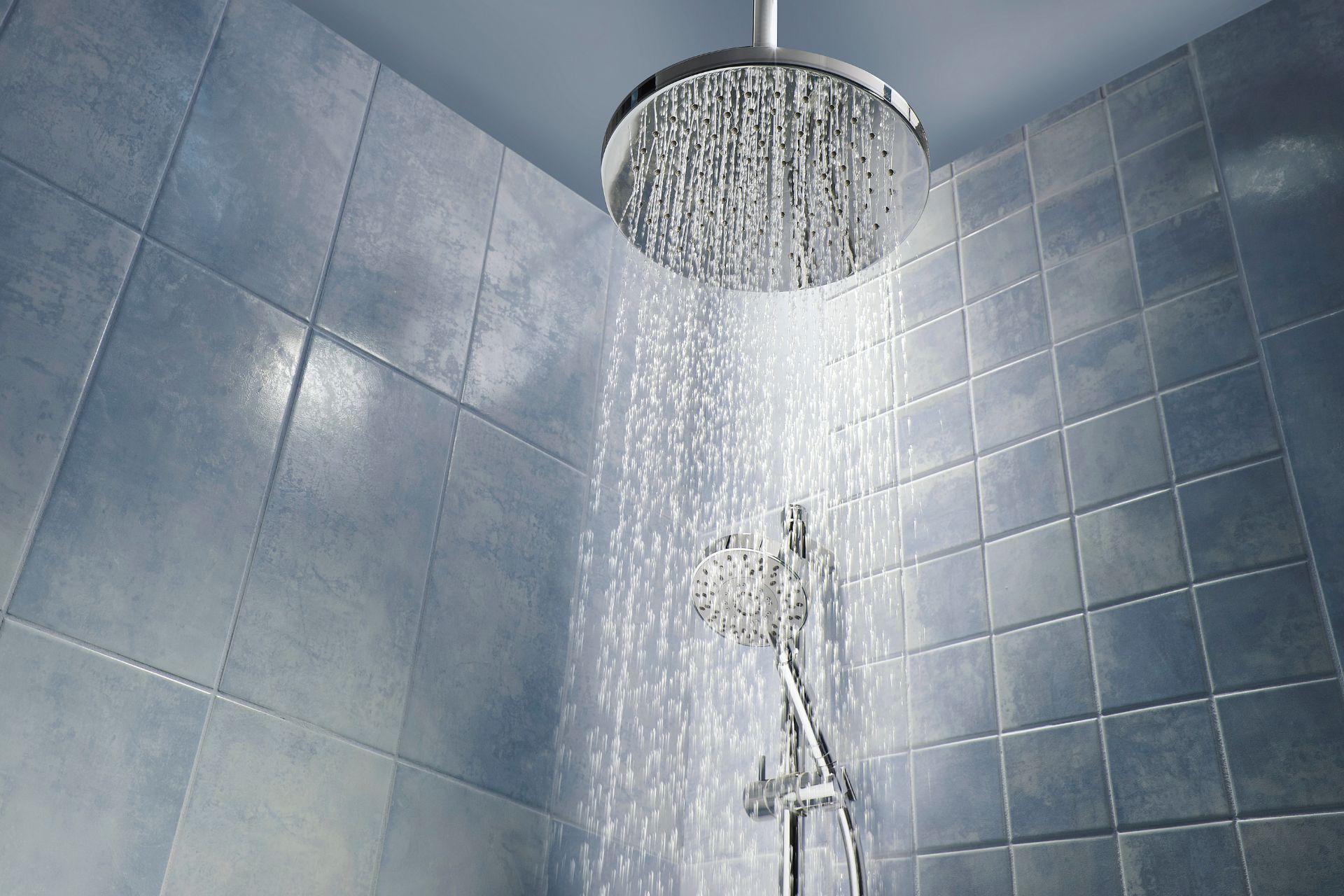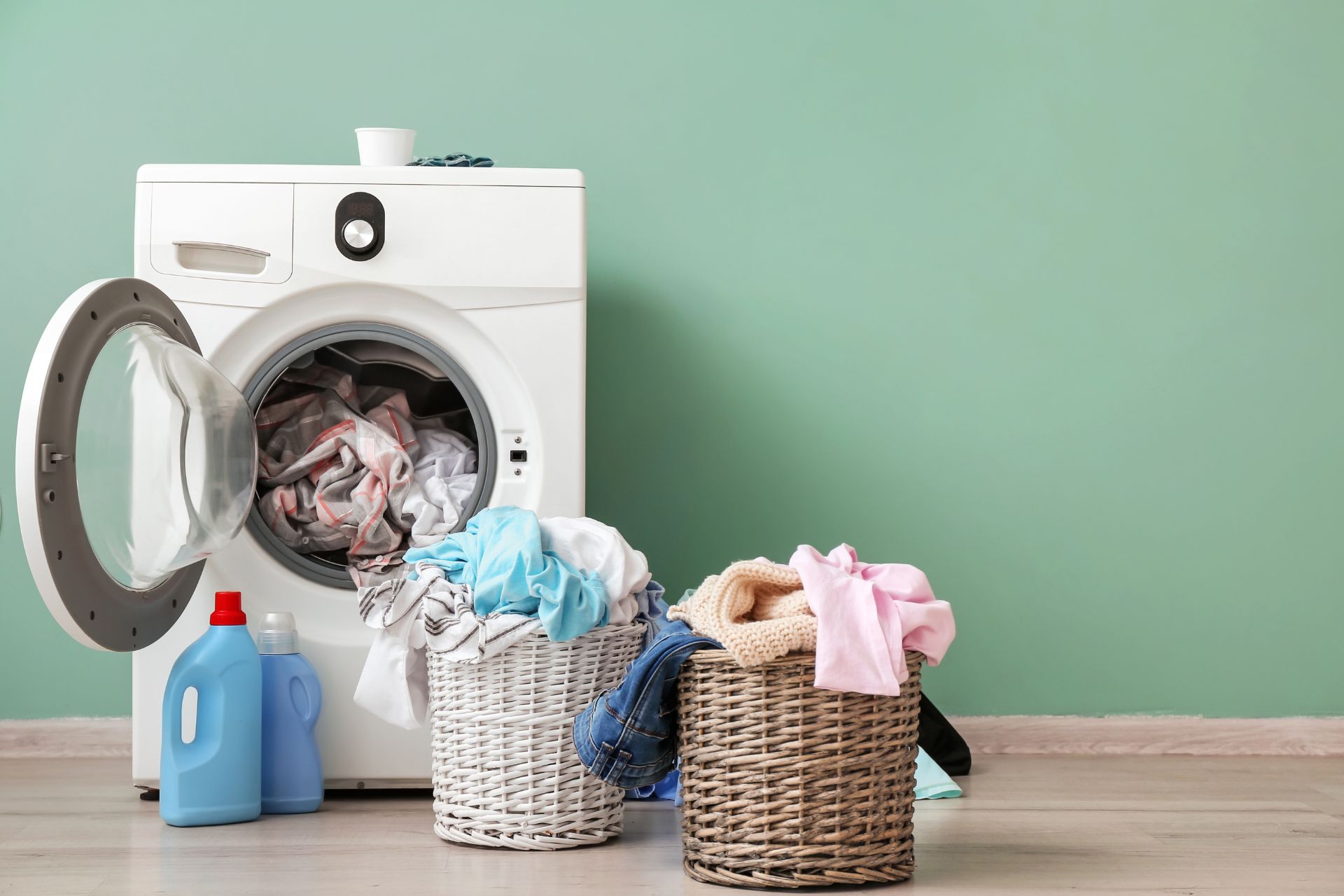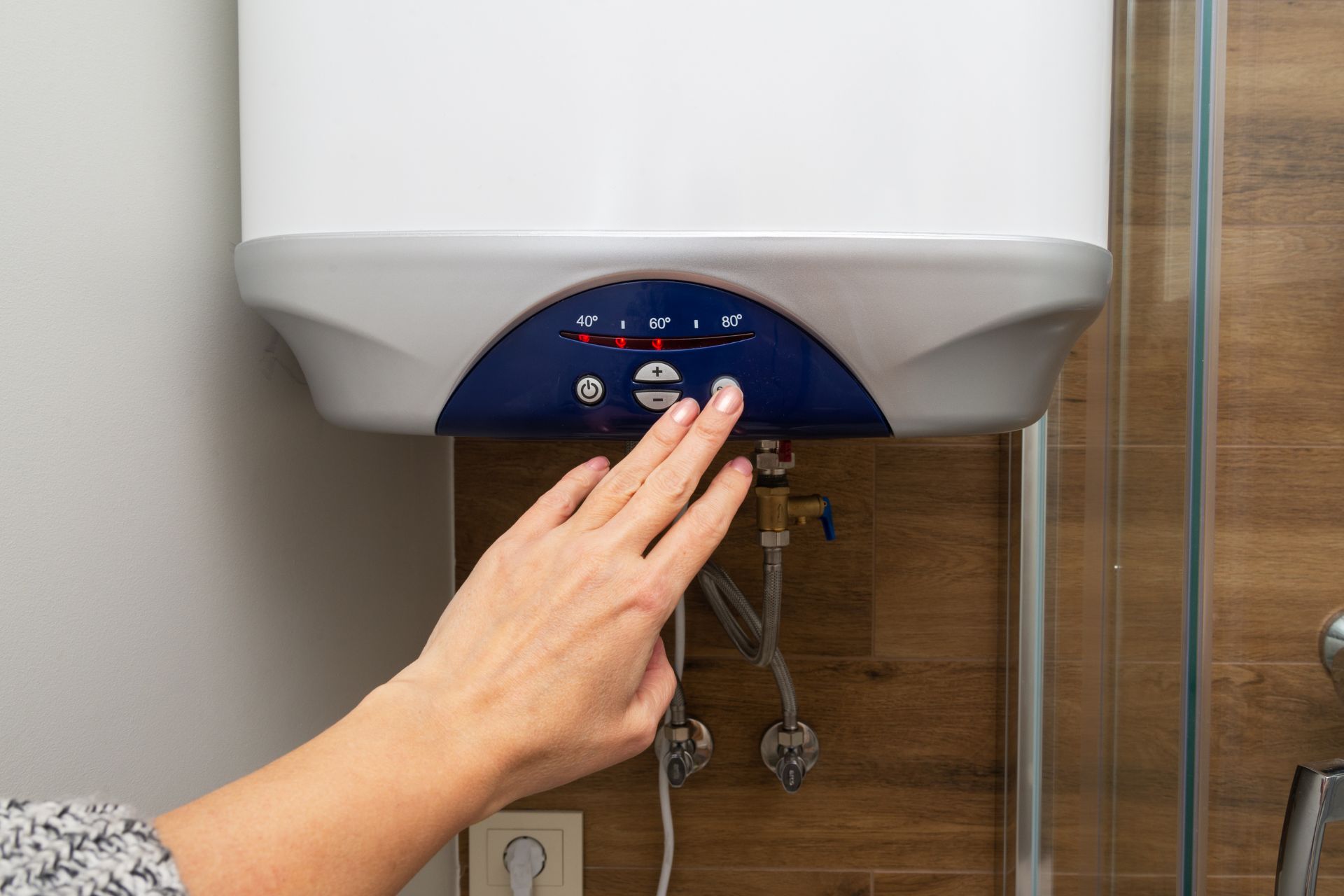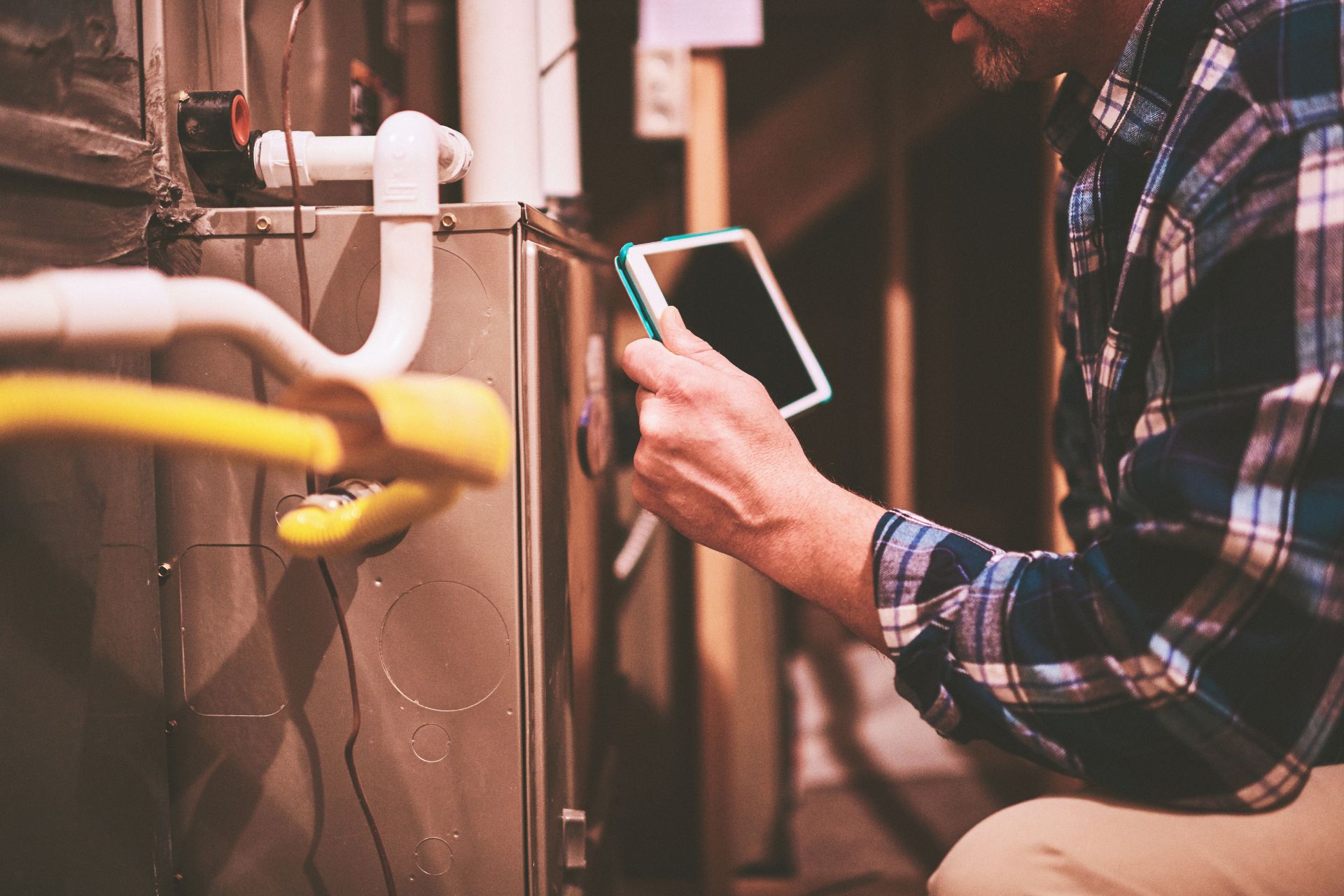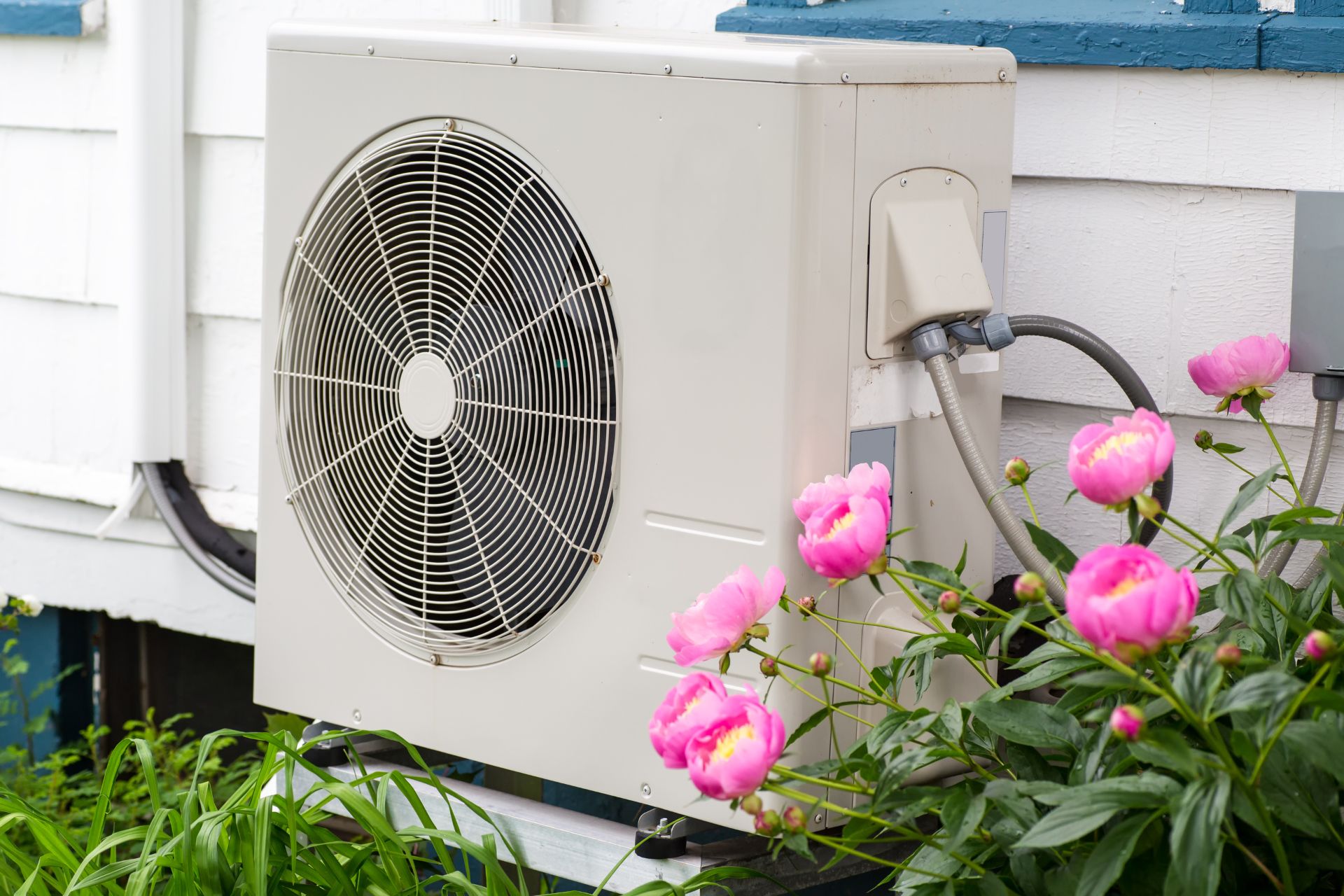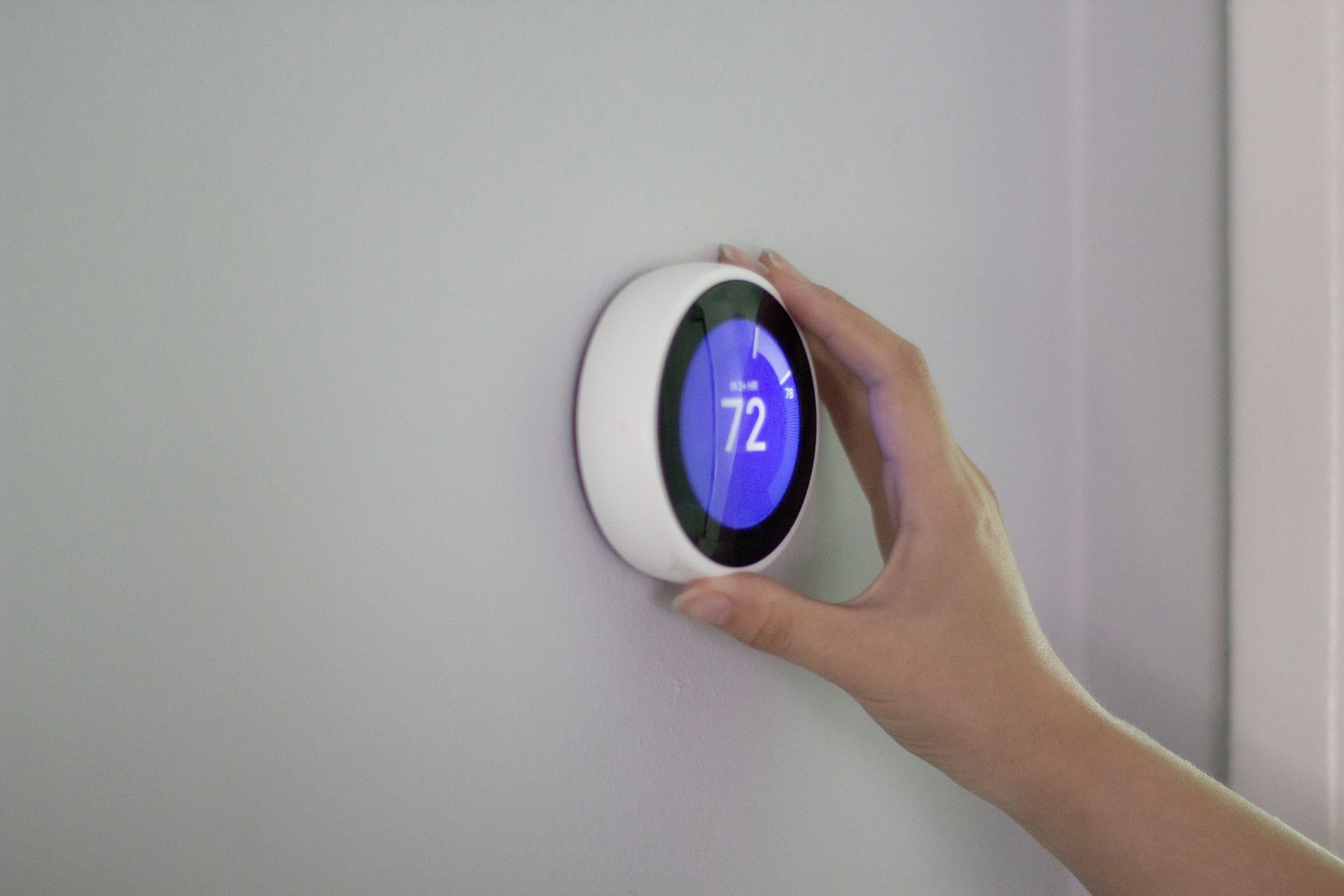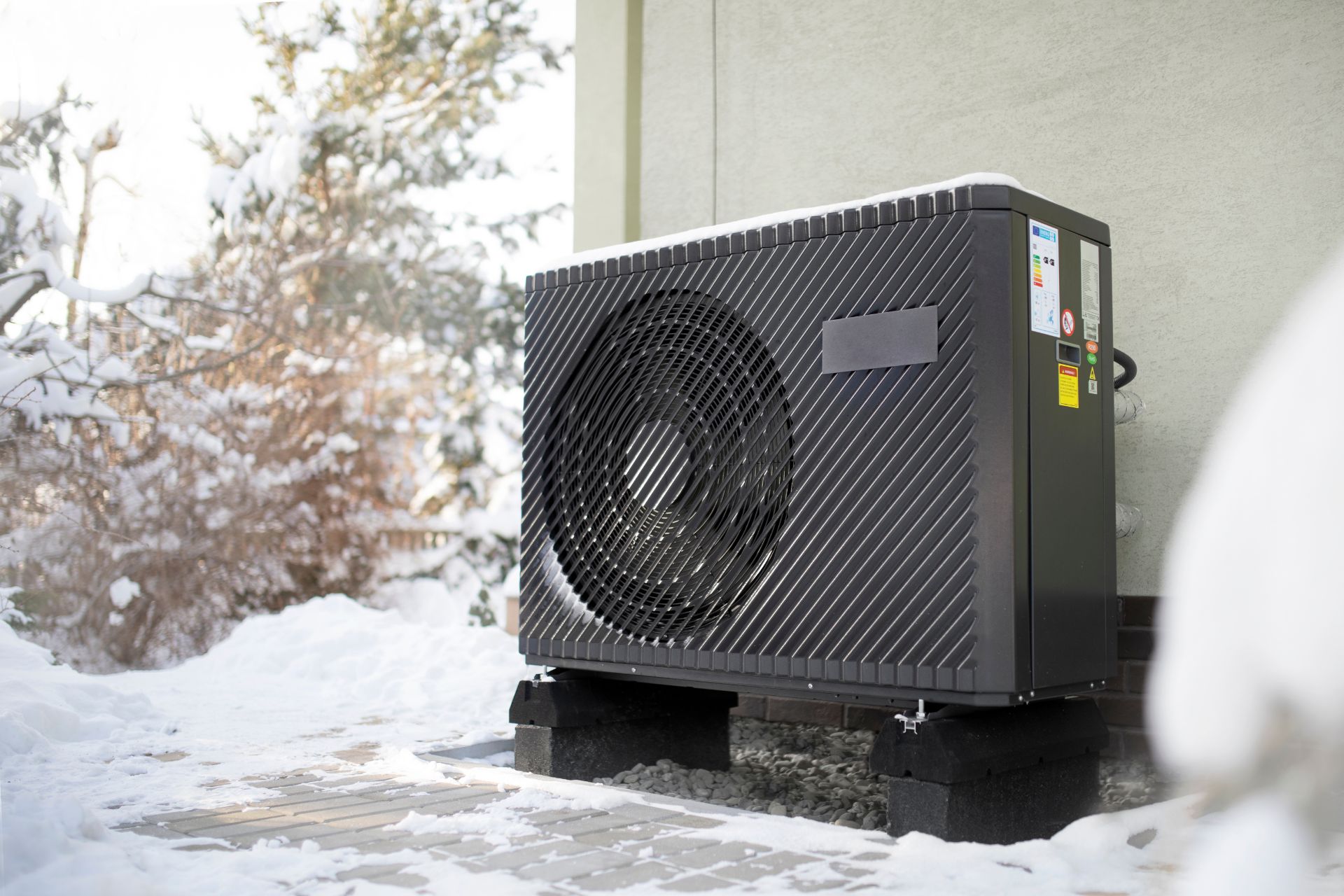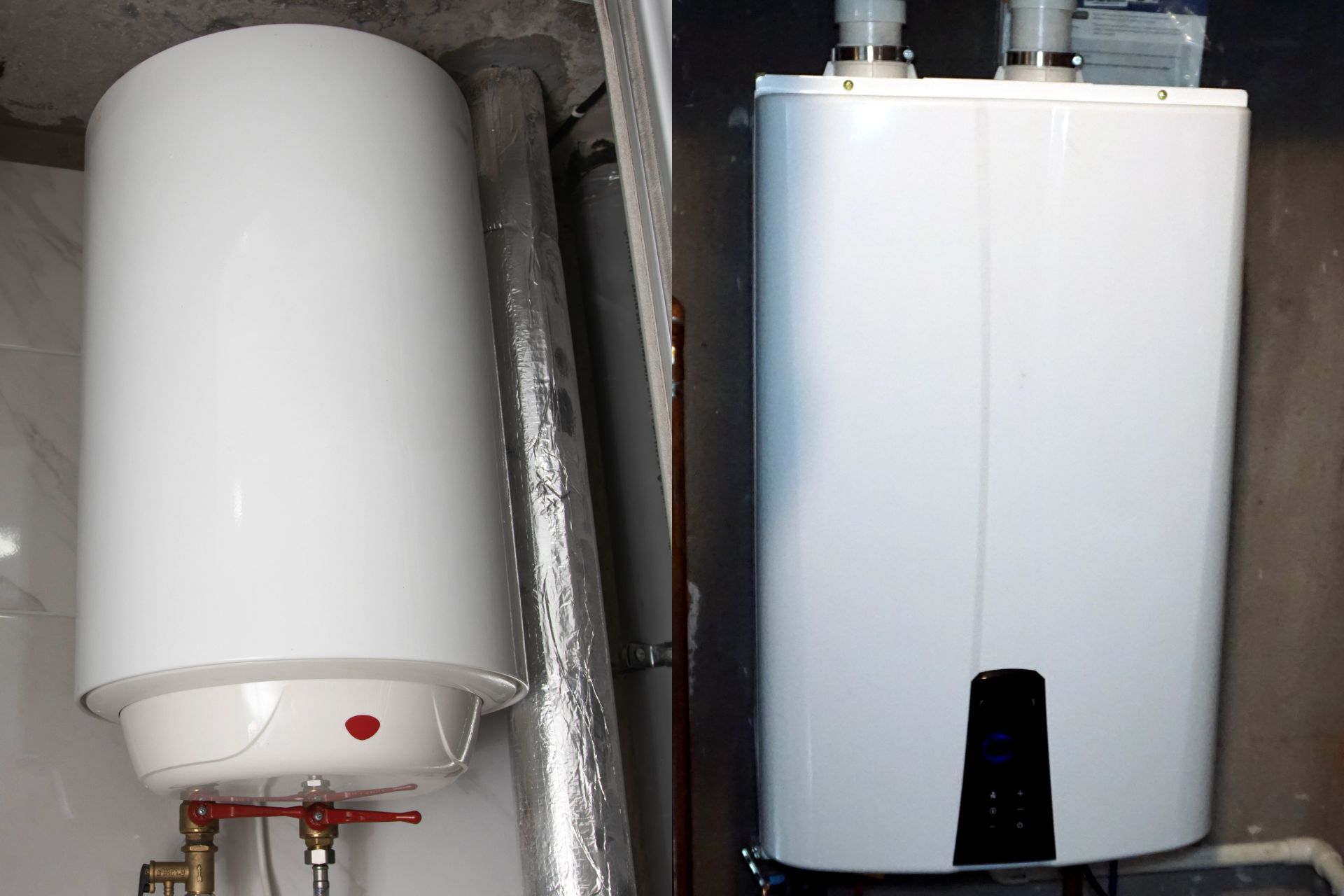Stepping into the shower, turning on the hot water, and waiting for it to finally flow can sometimes feel like an eternity. This delay in water reaching your shower faucet is a common occurrence in many households. However, it’s not just a minor inconvenience; it’s a result of various factors within your plumbing system. In this article, we’ll delve into the reasons behind the delay and explore the science behind the journey hot water takes from your heater to your shower.
Distance Matters: The Journey from Heater to Shower
One of the primary reasons for the delay in hot water reaching your shower faucet is the physical distance between the water heater and the shower. The longer the distance, the more time it takes for the water to travel through the pipes. This is especially true in larger homes or buildings where the water heater may be located far away from the bathrooms.
Initial Cold Water Flush
When you first turn on the tap, you may notice a burst of cold water before the hot/warm water finally starts flowing. This initial burst of cold water is due to the fact that the high temperature water in the pipes has cooled down while sitting stagnant. As a result, the cold water that was already in the pipes needs to be flushed out before the water can make its way to the faucet.
Temperature Fluctuations: Balancing Act
Another factor that contributes to the delay in hot water reaching your shower is temperature fluctuations within the plumbing system. As hot water travels through the pipes, it can lose heat if the pipes are not properly insulated. Additionally, changes in water pressure can also affect the temperature of the water, causing fluctuations that further delay the arrival of hot water at the faucet.
Flow Rate and Water Pressure
The flow rate and water pressure in your plumbing system also play a significant role in determining how quickly hot water reaches your shower. If your home has low water pressure or if the flow rate of the showerhead is restricted, it will take longer for water to flow through the pipes. This can result in a longer wait time for hight temperature water, especially during peak usage times.
Tankless vs. Traditional Water Heaters
The type of water heater you have installed in your home can also impact the time it takes for hot water to reach your shower. Tankless water heaters, for example, heat water on demand, which can result in faster hot water delivery compared to traditional water heaters that store hot water in a tank. However, tankless water heaters may also have limitations in terms of the volume of water they can deliver at once.
Insulation and Efficiency
Proper insulation of your hot water pipes is essential for reducing heat loss and improving the efficiency of your plumbing system. By insulating your pipes, you can help ensure that hot water retains its temperature as it travels through the system, reducing the time it takes to reach your shower. Additionally, upgrading insulation can also help improve energy efficiency and reduce heating costs.
The next time you find yourself waiting impatiently for lukewarm water to reach your shower, remember that there’s a science behind the delay. Factors such as distance from the water heater, temperature fluctuations, flow rate, and water pressure all play a role in determining how quickly water reaches your faucet. By understanding these factors, you can take steps to optimize your plumbing system for faster warm water delivery and greater efficiency.
Experience faster higher temperature water delivery and optimized plumbing systems with Bros Home Services. Serving Innisfil, Barrie, Simcoe County, and Northern Ontario, our HVAC services ensure your home’s comfort and convenience. Contact us today for expert assistance with your HVAC needs.

